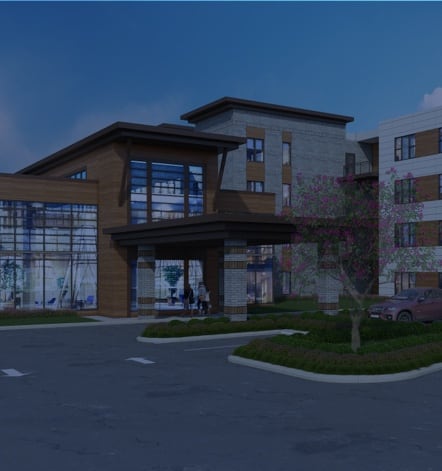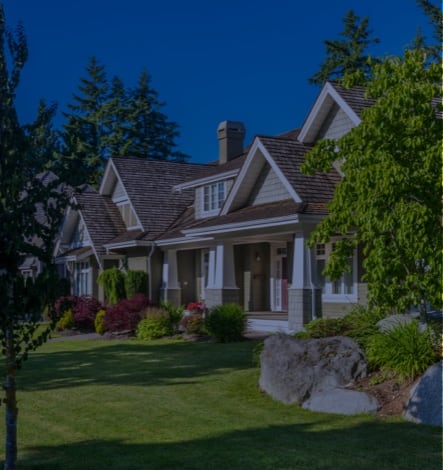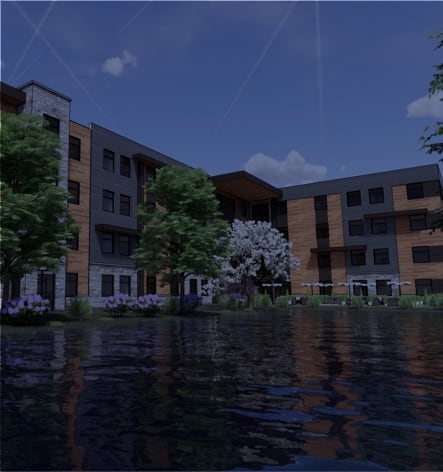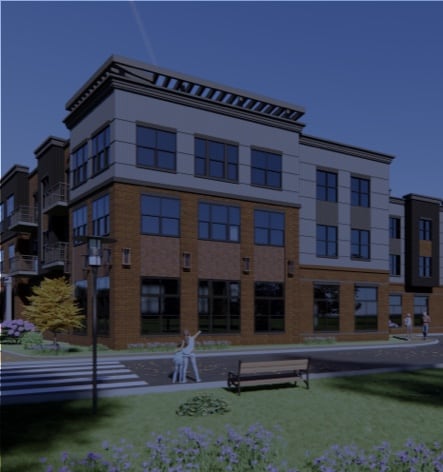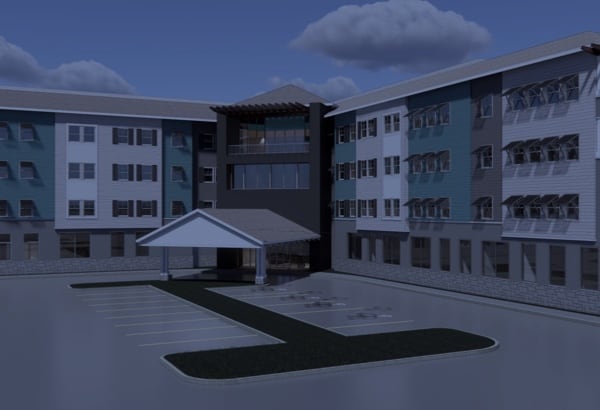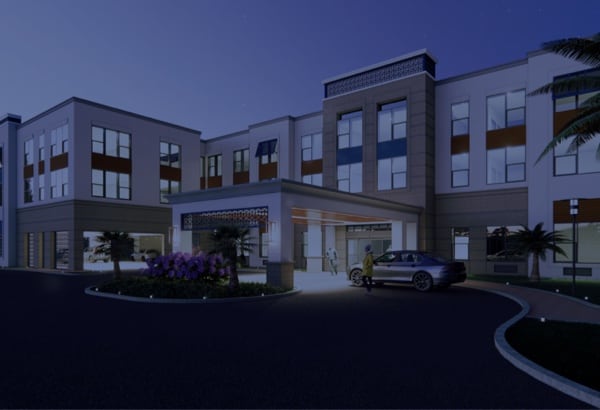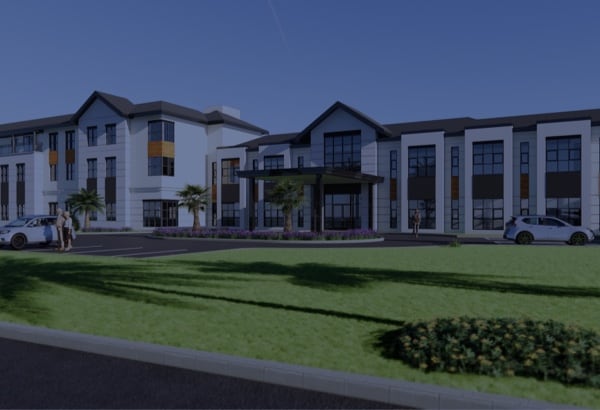When entering the rapidly growing senior living market, it becomes easy to realize why language and words matter. An environment or experience’s chosen vocabulary influences a consumer’s decision-making.
Take the terms “senior living facility” versus “senior living community”. They might seem interchangeable at first glance, but their connotations and the feelings they evoke reveal an important distinction.
This difference goes beyond semantics; it’s about envisioning the culture, atmosphere, and lifestyle where older adults can thrive. Using personable, friendly, and supportive language influences prospective residents and their families when exploring senior living options.
The right language, words, and attitude can help set the foundation for long-term success.
Senior Living Facility: A Clinical Perception
The term “facility” typically conjures images of a medicalized and cold institutional environment.
Although this may accurately describe certain residential care options, like skilled nursing homes or rehab centers, the word often feels impersonal and utilitarian. It prioritizes functionality over warmth, evoking a space focused solely on the practicalities of housing older adults rather than creating a fulfilling life for them.
For developers, using the term “facility” can unintentionally communicate a less inviting environment, even if the building itself is state-of-the-art. This terminology feels too clinical and formal for families and older adults exploring senior living options. Frankly, “facility” is associated with negative connotations surrounding senior living options, dampening and deterring their interest.
Senior Living Community: An Inclusive, Vibrant Environment
On the other hand, the term “community” is much more positive, emphasizing connection, engagement, and inclusivity.
It suggests a place where older adults aren’t just residents but active participants in a thriving network of peers and caregivers. This description moves beyond a building’s physical structure by highlighting the emotional and psychological benefits of belonging to a supportive group setting.
The word “community” also reflects a cultural shift concerning an approach to senior living. It moves away from sterile, medicalized environments toward spaces where people celebrate life, explore hobbies, build friendships, and experience joy.
Why Culture & Atmosphere Matter in Senior Living
When developing a senior living community, it’s not just about what you call the space, the experience it provides matters too.
When prospective residents and their families are exploring and touring senior living options, they’re looking beyond the building’s square footage and amenities. They’re assessing a community’s culture, atmosphere, support, and the sense of belonging it can foster.
Therefore, the culture and atmosphere directly influence the success of a senior living community.
Fostering Connection
Human connection is one of the most important contributors to well-being, especially for older adults.
A senior living community that prioritizes socializing–with opportunities for group activities, shared meals, and meaningful conversations—is far more appealing to prospective residents than one that only focuses on practical care.
Designing a community-forward senior living development helps attract residents who value meaningful connections. Families also have reassurance in knowing their loved ones are actively engaged and in a caring and compassionate environment.
Creating a Sense of Purpose
Although the image and attitude surrounding senior living are much more positive, it’s not uncommon for older adults to fear losing their independence or purpose.
The environment your community cultivates can address this concern by fostering a sense of purpose through programs like volunteer opportunities, skill-building workshops, and leadership roles within the community.
These intentional experiences speak to the modern emphasis on “positive aging,” which empowers older adults to find self-fulfillment while staying connected to a supportive environment.
Promoting Health & Wellness
Quality, comprehensive healthcare will always be a key consideration for senior living options, but it’s no longer a sole factor.
Today, older adults approach wellness holistically, including physical fitness, mental health programs, social connections, and outdoor green spaces for recreation.
Senior living communities integrating a wellness-centric approach should consider services and amenities that reflect this holistic approach. This might include finding a location close to local parks and trails, fitness classes, gyms, creative therapies, mindfulness rooms, and nutritional meals, all of which will stand out in this competitive market.
Cultivating a wellness-focused approach sends the message that senior living cares about the whole person instead of only their supportive needs.
Building Emotional Trust
Families exploring senior living options on behalf of their elderly loved ones want to find confidence and reassurance that they’ve made the right decision. When they sense warmth, care, and connection from the moment they step onto the property, it makes all the difference.
Investing in strategies prioritizing hospitality, community-building, and personalized care verifies families feel at ease. No slick brochure or flashy building can replace this emotional connection.
Building Thriving Communities
Language shapes perception.
Communities are welcoming places where people thrive, connect, and find self-fulfillment. Branding your senior living development as community-forward rather than a facility sets a positive, welcoming tone, attracting like-minded families and prospective residents.
If you’re interested in creating spaces for older adults that foster connection, wellness, and joy, connect with our Distinctive Development team for a consultation.








